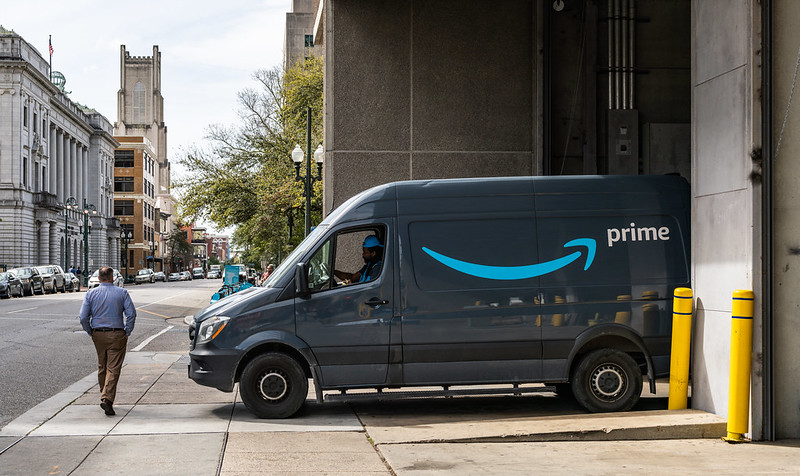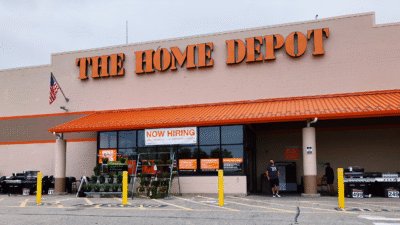
Sign up for smart news, insights, and analysis on the biggest financial stories of the day.
What’s Amazon’s cut for selling stuff on its platforms? Well, for over 2 million third-party vendors, the answer is half. Literally.
Between commission, fulfillment services, and other fees, the e-commerce giant is now claiming an average of just over 50% of sales from small businesses that sell their products on the massive online store, according to a new study from Marketplace Pulse. The uptick is perhaps no coincidence.
The Punishment Fits the Prime
Included in the study’s calculations are both final sale commissions — which can vary greatly depending on the type of product — as well as logistics services such as warehouse storage and shipping and advertisement costs to keep their products from getting buried in pages and pages of search returns. While the latter two categories are technically optional, most businesses find them necessary or unavoidable (and, according to Amazon itself, its logistics services cost on average 30% less than competitors).
So while selling on Amazon has long been viewed as good business for small merchants, the marketplace has been upping its share of final sales, increasing every year since at least 2016 — a trend that could continue as the company struggles to navigate life after e-commerce’s pandemic boom:
- Amazon’s final cut has grown steadily from 35% in 2016 to nearly 52% in 2022, according to the study.
- The tradeoff may be increasingly difficult to stomach for vendors witnessing slowing sales on the site. E-commerce sales fell 2% in its most recent quarter, and were down 0.3% overall in 2022. Coupled with high spending, Amazon suffered a $2.7 billion net loss last year, which would have been over $10 billion without Amazon Web Services.
“Amazon might be tempted to keep increasing fees because it’s in a tough spot, but you have to reach some kind of equilibrium,” Juozas Kaziukenas, founder and CEO of Marketplace Pulse told Bloomberg. If you’re an Amazon shopper still angry about last year’s Prime membership price hike to $139 for the year, perhaps now you can at least take solace in knowing the company is squeezing everyone.











